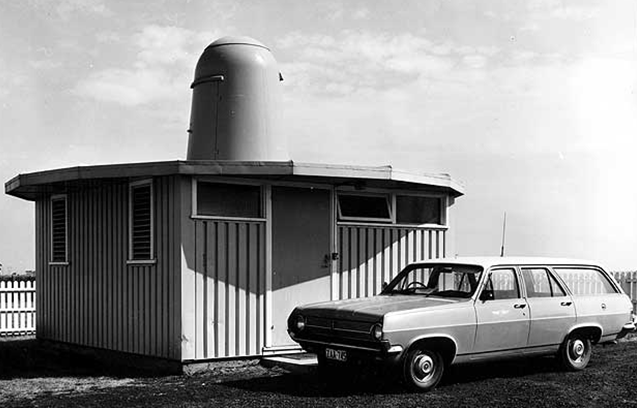The Very High Frequency Omni-Directional Ranging (VOR) was first introduced in the 1950s as a development from Visual-Aural Range (VAR) systems. The VOR was designed to provide the pilot with 360 bearings to and from the selected station. Originally the signals were mechanically rotated however the system has undergone significant improvements leading to electronically rotated signals today. During the 1960s, the VOR became the mainstay of the navigational infrastructure, replacing the majority of the older and lower frequency systems. The VORs were used to define the airways, allowing the pilots to fly inbound and outbound from the stations defining that route with their Course Deviation Indicator (CDI) or Horizontal Situation Indicator (HSI).

The basic principle of VOR is the same as that of a lighthouse, to provide a rotating signal such that a bearing from the station can be derived. VOR achieves this by transmitting a pair of 30Hz rotating signals, one FM and one AM and the airborne receiver will compare the phase angle of the two signals radiated from the beacon; the bearing is called a ‘radial’. One signal radiates omnidirectionally so that its phase is equal in all directions; this signal is referred to as the ‘Reference’ signal. The second signal, called the ‘Variable’ signal, radiates from a directional array. The phase of the variable signal received at the aircraft is dependent upon the

radial on which the receiver lies with respect to Magnetic North. The aircraft receives the two 30Hz signals, demodulates them and simply compares their phase difference to derive the bearing from the station. Although older VOR antennas were mechanically rotated, modern Doppler VORs electronically rotate the signal around the ring of 48 white antennas at a rate which will generate a 30 Hz frequency shift at a point in space due to doppler effect, which achieves an equivalent result with no moving parts. A Doppler VOR offers superior reliability, accuracy and less susceptibility to interference from terrain, buildings etc.
The VOR is a short-range radio navigation aid that produces an infinite number of bearings that may be visualized as lines radiating from the beacon. The phase of the variable signal lags that of the reference signal by an amount equal to the azimuth angle around the beacon. The number of bearings is limited to 360, one degree apart; a radial is identified by its magnetic bearing from the VOR.